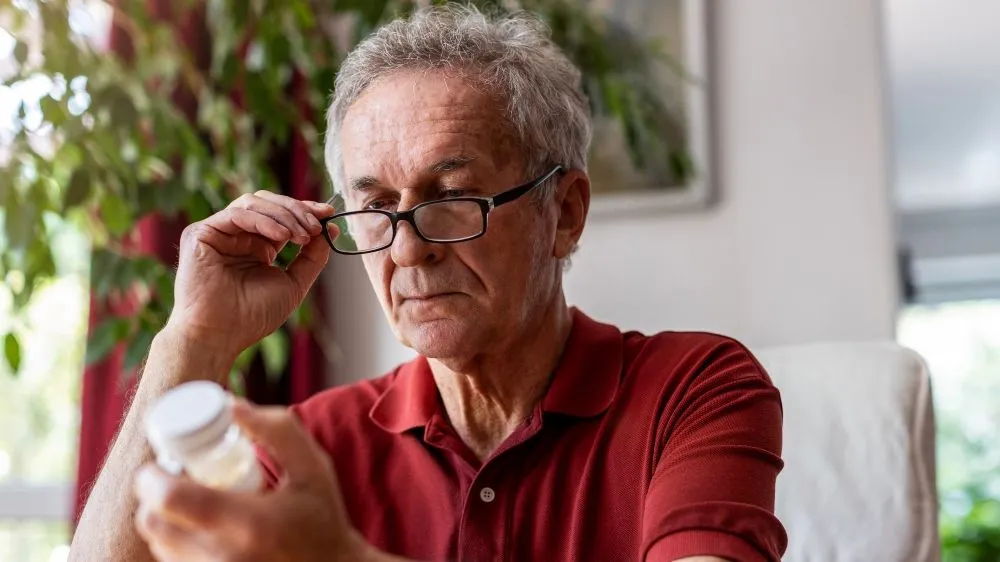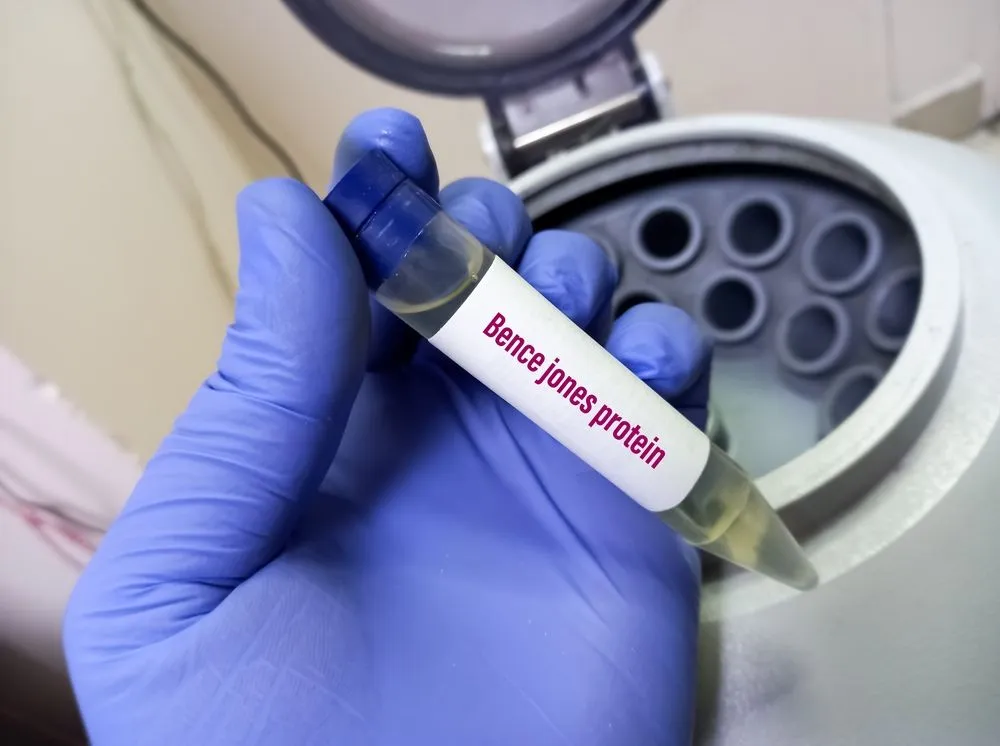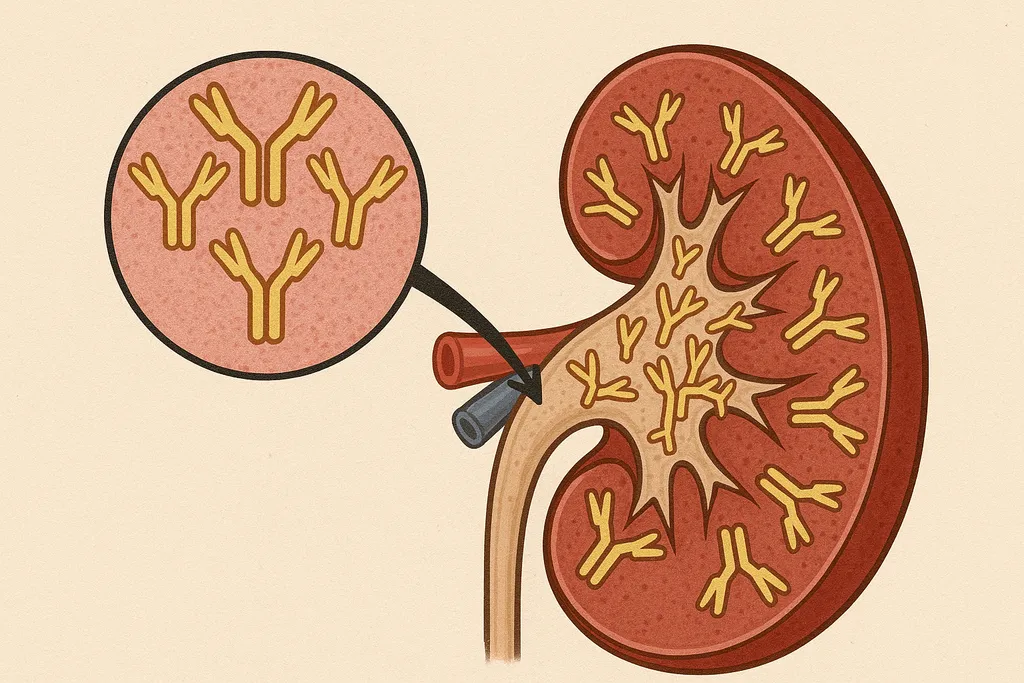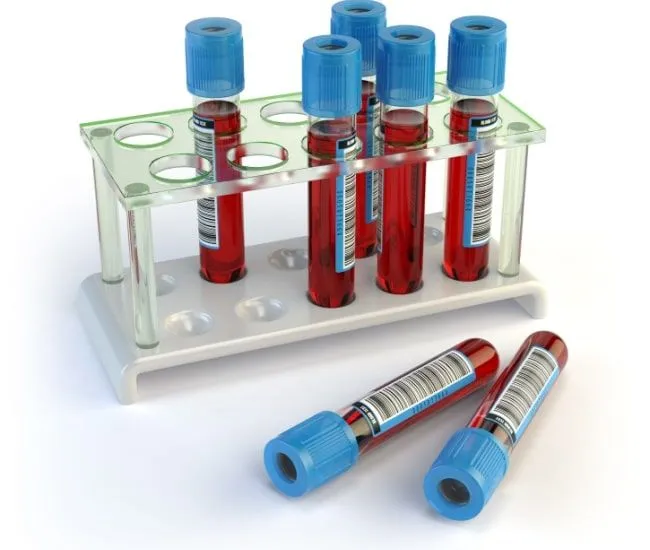What Is the Best Consolidation/Maintenance Therapy for People with Myeloma?

Dr. Ajay Nooka presented recent key findings about multiple myeloma consolidation and maintenance therapy at the International Myeloma Society (IMS) meeting. Read on to learn more about consolidation and maintenance therapy, their benefits, and their potential future role in myeloma treatment.
Understanding the Role of Consolidation and Maintenance Therapy
Consolidation Therapy
Consolidation therapy is an additional phase of treatment given after initial therapy with the goal of deepening the patient's response to treatment.
It aims to further reduce the amount of cancer cells in the body and improve the duration of response. Consolidation therapy typically consists of several cycles of the same or different drugs used during induction and is intended to maximize the effectiveness of prior treatments before transitioning to long-term maintenance therapy.
It is possible to not receive consolidation but rather move directly to maintenance therapy, especially if you achieved a complete or very good partial response after a transplant.
For those who are not eligible for stem cell transplant, consolidation therapy is usually more cycles (longer) than for those who receive a stem cell transplant. It takes place after induction therapy, which usually lasts for 6-8 cycles.
Maintenance Therapy
Maintenance therapy is a long-term, low-dose treatment strategy used after initial therapy to help keep the myeloma under control. It is used to sustain and deepen responses, delay progression, and improve survival. Unlike consolidation therapy, it is almost always used for all myeloma patients.
Primary Goals of Consolidation and Maintenance Therapy in Multiple Myeloma
The primary goals of consolidation and maintenance therapy when treating multiple myeloma are as follows:
- Deepen remission
- Prolong remission
- Reduce risk of death or progression
- Easy to administer
- Minimal toxicity
- Minimal impact on quality of life
- Good return on investment
Benefits of Lenalidomide (Revlimid) Maintenance Therapy in Myeloma Treatment
Five large randomized trials across five continents have proven the benefit of lenalidomide as a maintenance therapy for multiple myeloma patients.
The image above presents an analysis of three out of the five previously mentioned trials, highlighting that lenalidomide significantly extends the time to disease progression or fatality.
While there is concern that prolonged lenalidomide therapy might increase the risk of secondary cancers or malignancies, the graph on the right provides reassuring data. It shows a yellow line representing the length of time to death for patients who developed a secondary malignancy due to maintenance therapy. This line extends far beyond the time to death for patients not on maintenance therapy, as indicated by the top dotted blue line.
Who are the myeloma patients that benefit most from maintenance therapy?
Data shows that those who benefit the most from maintenance therapy are those with what is known as a single-hit high-risk cytogenetic abnormality, meaning a myeloma patient diagnosed with one of the following:
- t(4;14)
- t(14;16)
- t(14;20)
- deletion 17p
- 1q21 amplification
If you are unsure what the genetic makeup of your multiple myeloma is, talk to your physician and consult your FISH test results together. To learn more about myeloma genetics, click here: What's Genetic Testing in Myeloma?
Those with ultra-high-risk myeloma, meaning those with two or more of the aforementioned genetic characteristics, benefit the least from a single-drug maintenance therapy. A two-drug maintenance therapy (with or without dexamethasone) is usually prescribed for these patients.
The Potential Role of Daratumumab in Maintenace Therapy
Daratumumab is currently a therapy being tested in clinical trials as a maintenance regimen but is not currently FDA-approved. When used in induction, consolidation, and maintenance therapy, daratumumab has been shown across multiple clinical trials to increase the length of progression-free survival (PFS).
Is Consolidation Therapy Necessary?
The role of consolidation therapy is evolving in today’s myeloma landscape, especially because of the increased effectiveness of induction therapy regardless of transplant. Now that the standard of care is changing from a three-drug to a four-drug regimen at the beginning of myeloma treatment, more and more patients are achieving deeper responses to the therapies.
It may continue to have a role in high-risk myeloma patients, patients who achieve less than VGPR (such as a Partial Response or no response at all), or those who have received a suboptimal induction therapy.
For more information on the latest findings surrounding induction therapy, click here: How Myeloma Therapy Is Evolving (IMS 2024)
How Long Should Maintenance Therapy Be Continued for Myeloma Treatment?
The standard of care is currently to administer maintenance therapy to all multiple myeloma patients once they have achieved at least a VGPR from their induction and consolidation therapy (and usually after a stem cell transplant for those who are eligible).
Currently, clinical trials are testing whether or not a certain percentage of patients can come off of maintenance therapy after they have achieved a deep response and are MRD-negative. The MRD status of a patient (negative or positive) may influence the duration of maintenance therapy in the future.
To continue your learning about the role of myeloma treatments, watch our HTU Unit here:
Dr. Ajay Nooka presented recent key findings about multiple myeloma consolidation and maintenance therapy at the International Myeloma Society (IMS) meeting. Read on to learn more about consolidation and maintenance therapy, their benefits, and their potential future role in myeloma treatment.
Understanding the Role of Consolidation and Maintenance Therapy
Consolidation Therapy
Consolidation therapy is an additional phase of treatment given after initial therapy with the goal of deepening the patient's response to treatment.
It aims to further reduce the amount of cancer cells in the body and improve the duration of response. Consolidation therapy typically consists of several cycles of the same or different drugs used during induction and is intended to maximize the effectiveness of prior treatments before transitioning to long-term maintenance therapy.
It is possible to not receive consolidation but rather move directly to maintenance therapy, especially if you achieved a complete or very good partial response after a transplant.
For those who are not eligible for stem cell transplant, consolidation therapy is usually more cycles (longer) than for those who receive a stem cell transplant. It takes place after induction therapy, which usually lasts for 6-8 cycles.
Maintenance Therapy
Maintenance therapy is a long-term, low-dose treatment strategy used after initial therapy to help keep the myeloma under control. It is used to sustain and deepen responses, delay progression, and improve survival. Unlike consolidation therapy, it is almost always used for all myeloma patients.
Primary Goals of Consolidation and Maintenance Therapy in Multiple Myeloma
The primary goals of consolidation and maintenance therapy when treating multiple myeloma are as follows:
- Deepen remission
- Prolong remission
- Reduce risk of death or progression
- Easy to administer
- Minimal toxicity
- Minimal impact on quality of life
- Good return on investment
Benefits of Lenalidomide (Revlimid) Maintenance Therapy in Myeloma Treatment
Five large randomized trials across five continents have proven the benefit of lenalidomide as a maintenance therapy for multiple myeloma patients.
The image above presents an analysis of three out of the five previously mentioned trials, highlighting that lenalidomide significantly extends the time to disease progression or fatality.
While there is concern that prolonged lenalidomide therapy might increase the risk of secondary cancers or malignancies, the graph on the right provides reassuring data. It shows a yellow line representing the length of time to death for patients who developed a secondary malignancy due to maintenance therapy. This line extends far beyond the time to death for patients not on maintenance therapy, as indicated by the top dotted blue line.
Who are the myeloma patients that benefit most from maintenance therapy?
Data shows that those who benefit the most from maintenance therapy are those with what is known as a single-hit high-risk cytogenetic abnormality, meaning a myeloma patient diagnosed with one of the following:
- t(4;14)
- t(14;16)
- t(14;20)
- deletion 17p
- 1q21 amplification
If you are unsure what the genetic makeup of your multiple myeloma is, talk to your physician and consult your FISH test results together. To learn more about myeloma genetics, click here: What's Genetic Testing in Myeloma?
Those with ultra-high-risk myeloma, meaning those with two or more of the aforementioned genetic characteristics, benefit the least from a single-drug maintenance therapy. A two-drug maintenance therapy (with or without dexamethasone) is usually prescribed for these patients.
The Potential Role of Daratumumab in Maintenace Therapy
Daratumumab is currently a therapy being tested in clinical trials as a maintenance regimen but is not currently FDA-approved. When used in induction, consolidation, and maintenance therapy, daratumumab has been shown across multiple clinical trials to increase the length of progression-free survival (PFS).
Is Consolidation Therapy Necessary?
The role of consolidation therapy is evolving in today’s myeloma landscape, especially because of the increased effectiveness of induction therapy regardless of transplant. Now that the standard of care is changing from a three-drug to a four-drug regimen at the beginning of myeloma treatment, more and more patients are achieving deeper responses to the therapies.
It may continue to have a role in high-risk myeloma patients, patients who achieve less than VGPR (such as a Partial Response or no response at all), or those who have received a suboptimal induction therapy.
For more information on the latest findings surrounding induction therapy, click here: How Myeloma Therapy Is Evolving (IMS 2024)
How Long Should Maintenance Therapy Be Continued for Myeloma Treatment?
The standard of care is currently to administer maintenance therapy to all multiple myeloma patients once they have achieved at least a VGPR from their induction and consolidation therapy (and usually after a stem cell transplant for those who are eligible).
Currently, clinical trials are testing whether or not a certain percentage of patients can come off of maintenance therapy after they have achieved a deep response and are MRD-negative. The MRD status of a patient (negative or positive) may influence the duration of maintenance therapy in the future.
To continue your learning about the role of myeloma treatments, watch our HTU Unit here:

about the author
Audrey Burton-Bethke
Audrey is a content writer and editor for the HealthTree Foundation. She originally joined the HealthTree Foundation in 2020. Audrey loves spending time with her supportive husband, energetic four-year-old, and new baby.
More on Core Education
Trending Articles
Upcoming Events




Get the Latest Multiple Myeloma Updates, Delivered to You.
By subscribing to the HealthTree newsletter, you'll receive the latest research, treatment updates, and expert insights to help you navigate your health.
Together we care.
Together we cure.
3x Faster.













